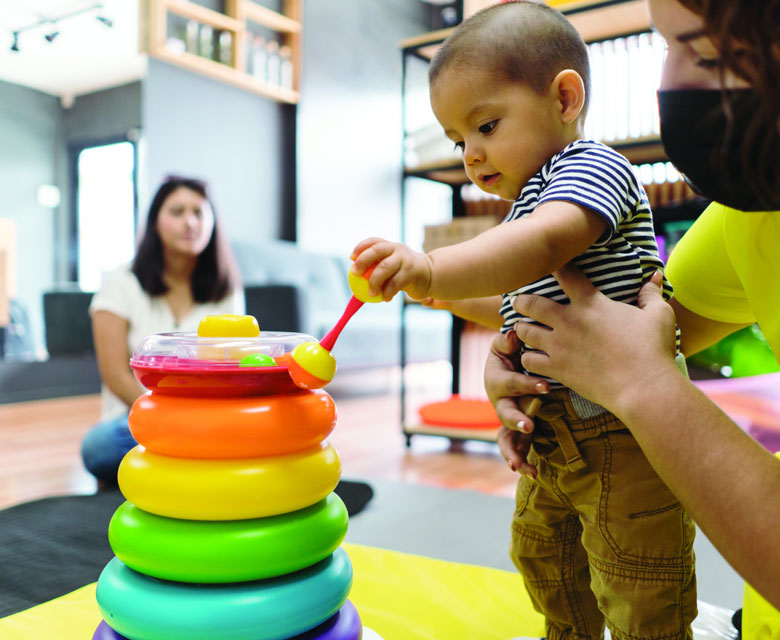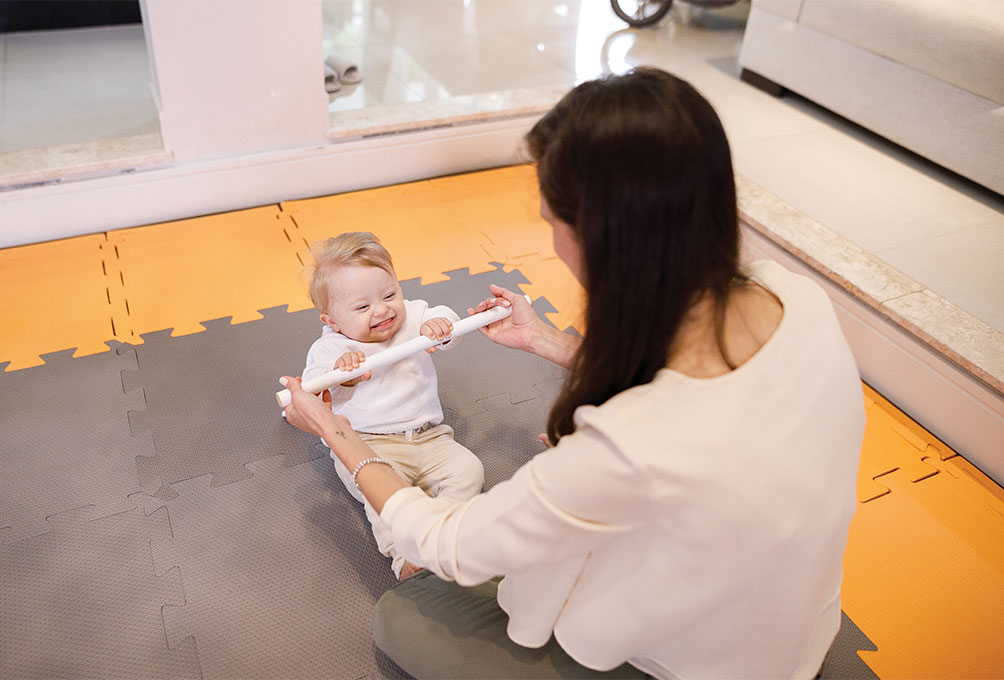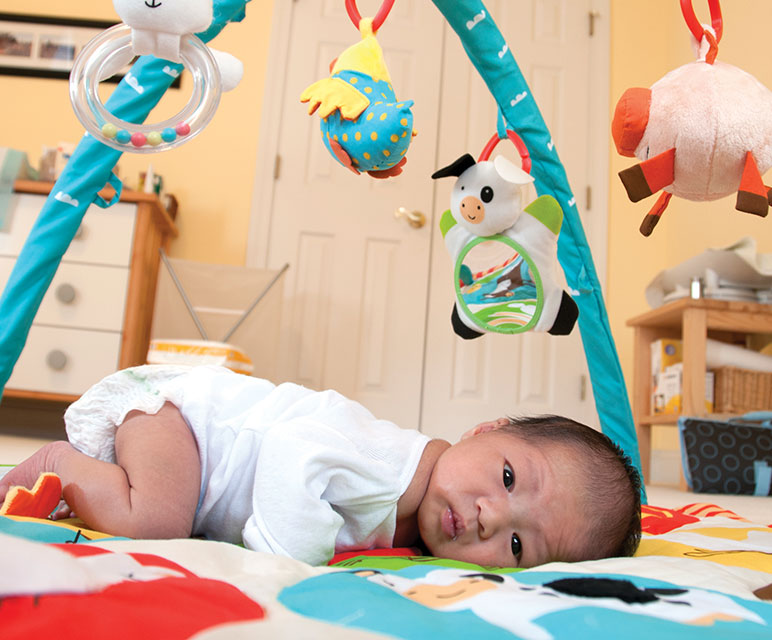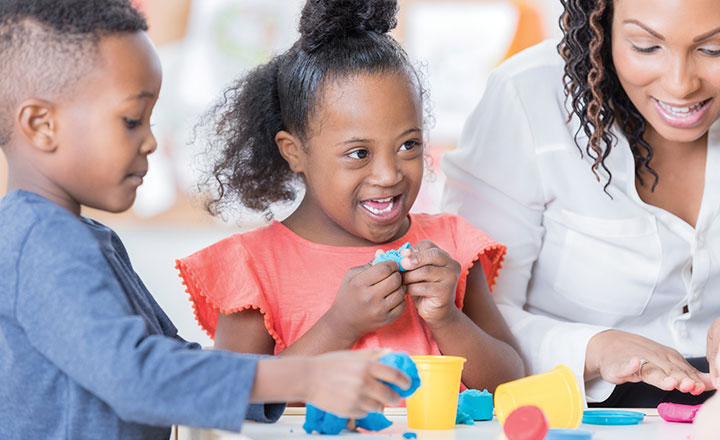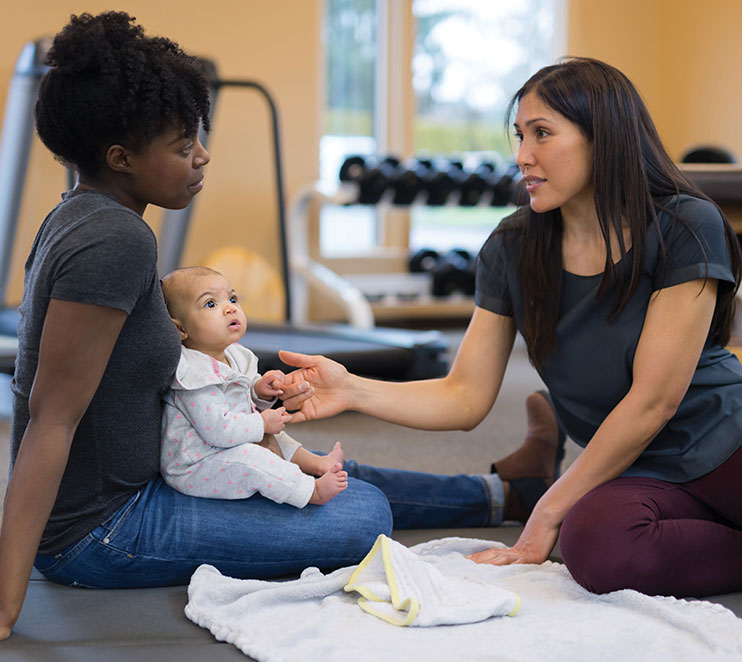Early childhood intervention is a family centered therapy program that helps young children with a developmental delay or disability be the best they can be. All of the therapies are done in the child’s home or daycare.
All 50 states in the U.S. have early intervention services available free for any child who qualifies with a developmental delay or disability. The qualifications vary from state to state.
